
- Home
- Research
Pathology
The effects of pollution on disease development

Microplastics
A comprehensive exploration through qualitative and quantitative analysis of miro- and nanoplastics
Radiology
Harnessing MRI to investigate post-capture trauma

Morphology
Unveiling the intricacies of morphological adaptations and their significance
Field study
Our field research is all-encompassing, including
- Underwater exploration
- Technical deep diving
- ROV surveys
- Photo/Videography
Fishery surveys
We dedicate over 170 days in the field to monitor trawlers and improve post-release survival.
Current Research
At the heart of our activities lies multidisciplinary cutting-edge research, where we delve into the ecology, pathology, and conservation of elasmobranchs.
Current projects (4) run in the Mediterranean Sea, funded by: Nat Geo, Explorers Club, Discovery, Rufford and Bin Zayed.
- Publications
Publications
Through the past 10 years, our researchers has published and mentored:
- 3 Books and monographs
- 37 Journal articles
- 33 Conference proceedings
- 5 Master's thesis
- 11 Bachelor's degrees
You can download most of our publications for free
New Book!
Shark, skates and rays of the eastern Adriatic Sea
Author Andrej A. Gajić
Comprehensive review of 60 species, 330 pages, supported by ministries of three countries!

Based on projects:
– Rufford Foundation (5)
– National Geographic (2)
– Discovery Channel (2)
– Foundation Ensemble (1)
– PADI Foundation (1)
– Ministry of Science (5)
– Explorers Club (2)UNDER THE AUSPICIES OF


Featured papers
Original research
The first record of gravid Gymnura altavela in the northern Mediterranean Sea, with description of foetuses
Original research
Contemporary records of the rare and critically endangered angular rough shark (Oxynotus centrina) from Adriatic Sea
- Projects
Current projects

The effects of pollution and habitat loss on elasmobrachs disease development

Reviving the Lost Legacy: First data of Gymnura altavela and new hope for conservation

Rescue, rehabilitation, tagging and re-introduction of sharks, skates and rays

What lurks in the depths? Exploring the diversity of deep-sea elasmobranchs
We are backed by the most esteemed and competitive foundations globally, along with the support of the European Union, the governments of Adriatic countries, and UNEP MAP Barcelona Convention.
Projects by category
- Pathology & Toxicology (4)
- Ecology & Conservation (12)
- Tertiary education (3)
- Policy making & Advocacy (2)
- Internships
- Media
IN MEDIA
Our work is highly recognized across the globe, with more than 300 media appearances.
Besides, we partner with the worlds leading media to educate wider public and raise awareness on conservation, sustainable development and key environmental issues.
National Geographic
We had dozens of engagements for NatGeo and NatGeo WILD

Don’t miss our feature on disease studies airing during NatGeo Sharkfest! Watch it here!
National Geographic Magazine Download our features below:
Through Explorers Classroom we have lectured over 15.000 students from 75 countries.
Featured appearance
Some of the most important features are given below:
“Plastic Sharks” and “What lurks in the depths?!”
- About us
Our Story
Despite growing up in the mountains of a war-torn country, far from the sea, Andrej founded Sharklab while still in the high school back in 2007.
Today, we are a recognized research institution delivering essential data for conservation and receiving numerous awards and extensive media coverage.

How we are funded?
We are funded through a combination of competitive international grants and governmental instruments.
How we spend funds?
Of the acquired funds, 55% goes to fieldwork, 25% to laboratories, 15% to education, and 5% to other costs.
Honors & Awards
2022: Honorary award of UNEP MAP Barcelona Convention
2021: Special Governmental Recognition of Excellence
2020: National Geographic EC Leadership Award
2019: Man of the Year awarded
to our CEO, Andrej GajićOur Team
Lear more about the people who make it happen
Previous slideNext slide
Current
Research
At the core of our endeavors resides
pioneering multidisciplinary research.
The effects of pollution on disease development
PATHOLOGY

Post-mortem examinations

Macroscopic examinations
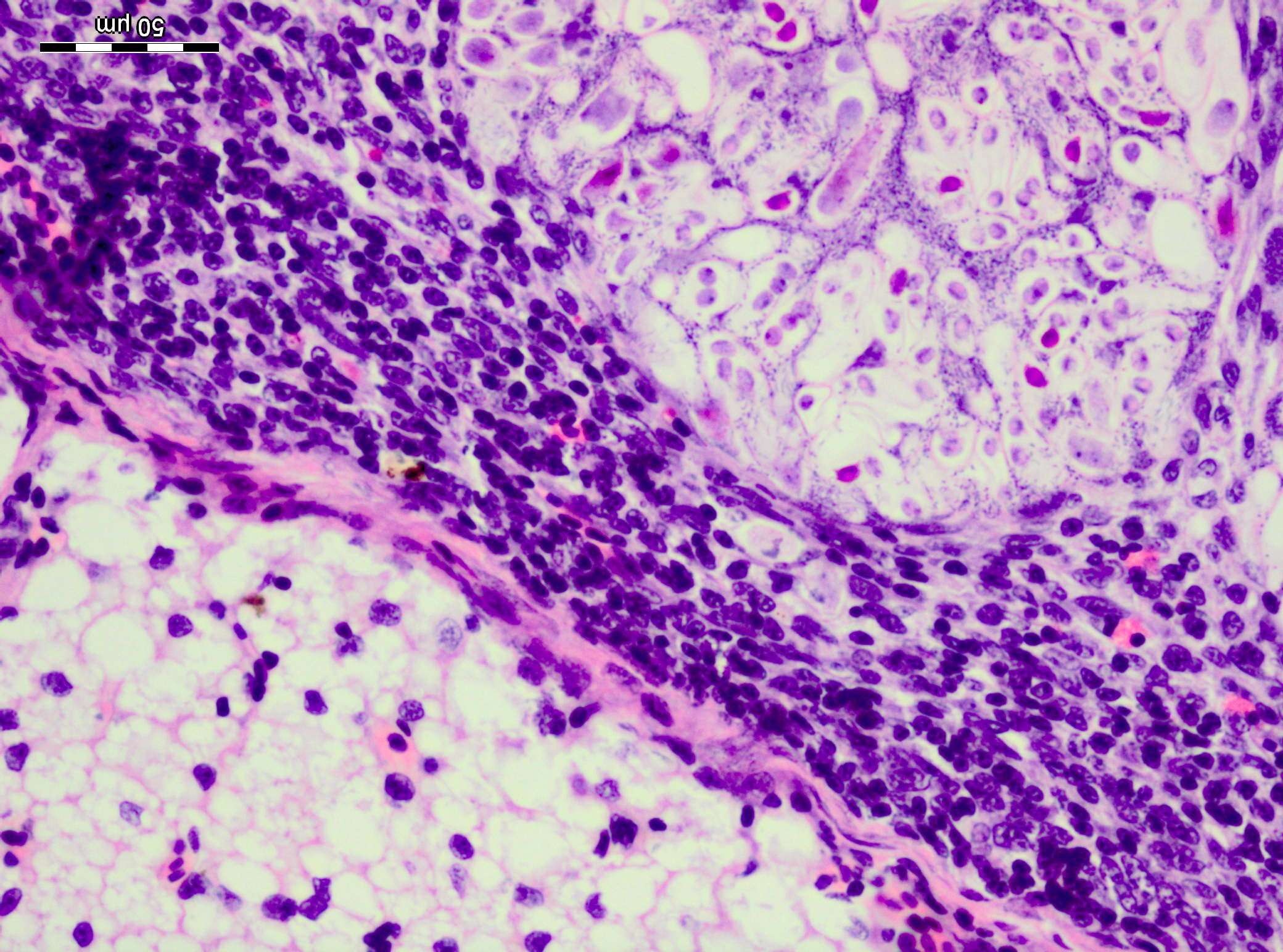
Histological examinations
Exploring trauma from fisheries on post-capture survival.
RADIOLOGY

Sample preparation
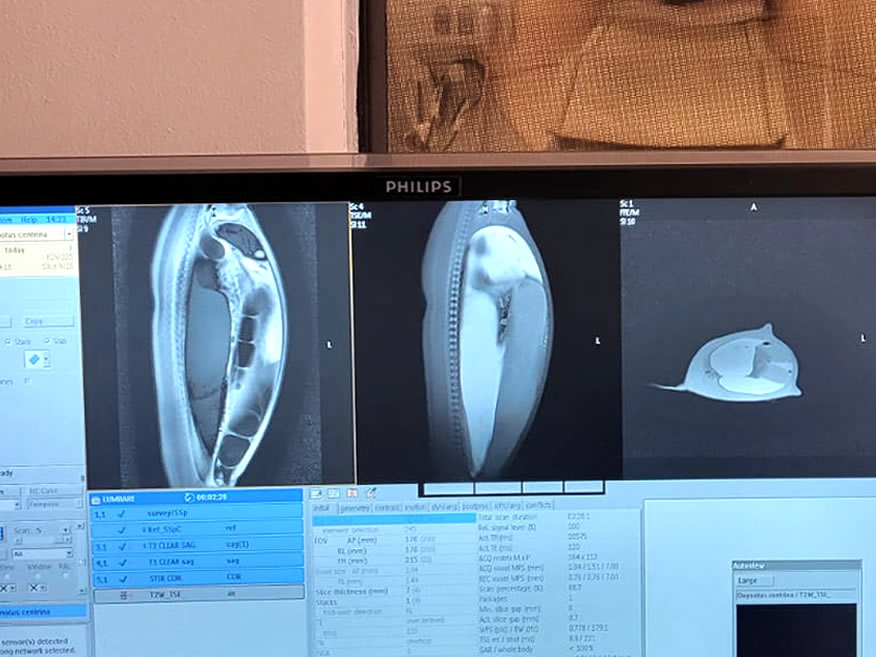
MRI/CT acquisition
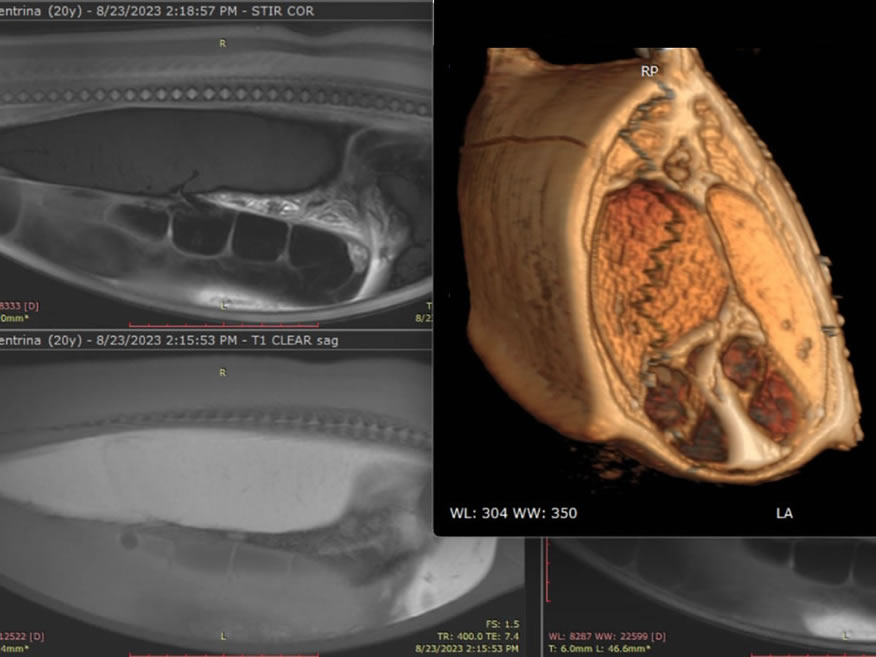
Data Analysis
qualitative and quantitative assessment of micro- and nanoplastics
MICROPLASTICS
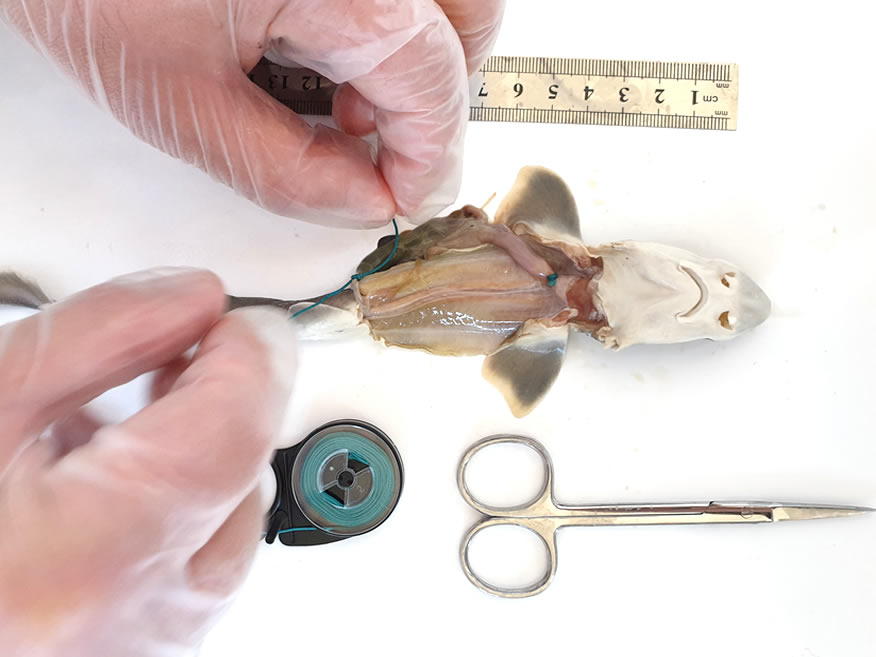
Sample preparation
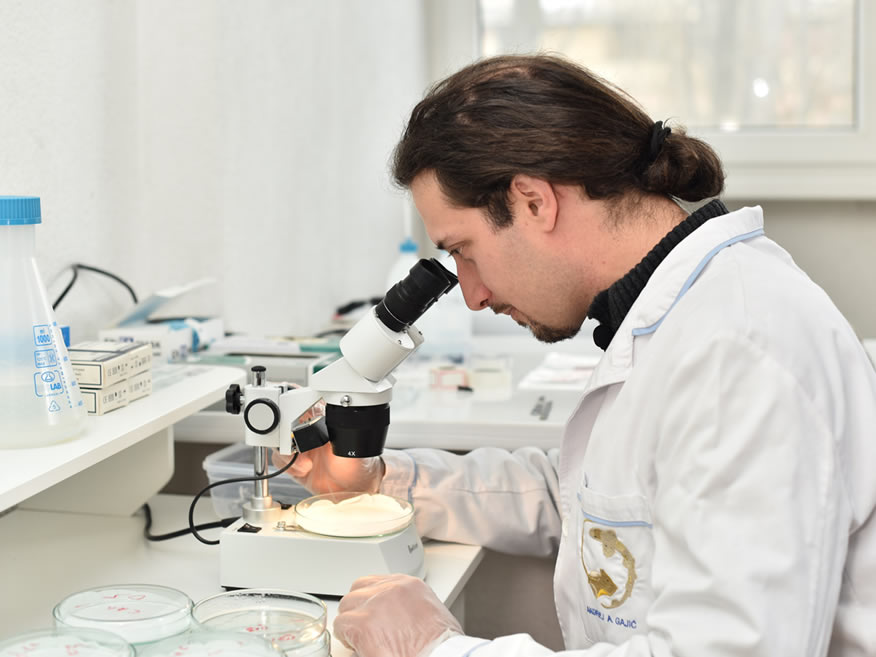
Stereomicroscopy
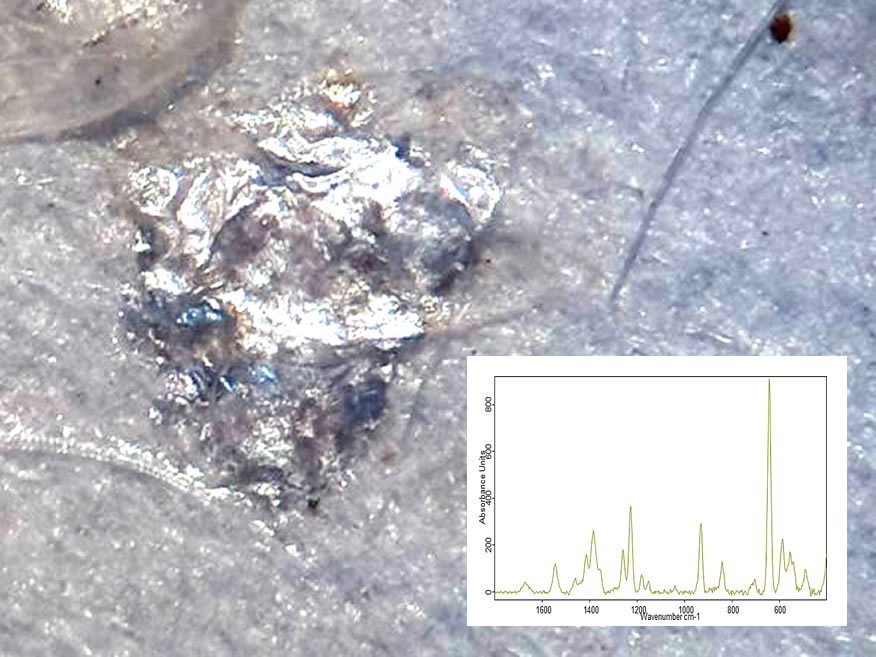
RAMAN Spectroscopy
FIELD RESEARCH
Using a dynamic approach, we combine immersive diving and remotely operated vehicle (ROV) surveys, and comprehensive fishery monitoring.
Giving sharks a second chance they deserve
UNDERWATER STUDIES
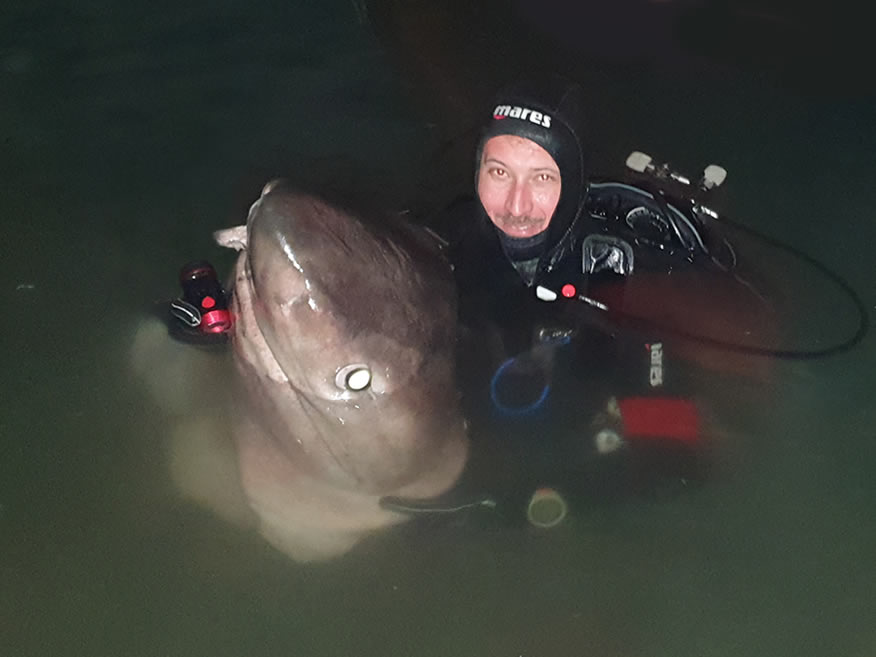
Species revival & release
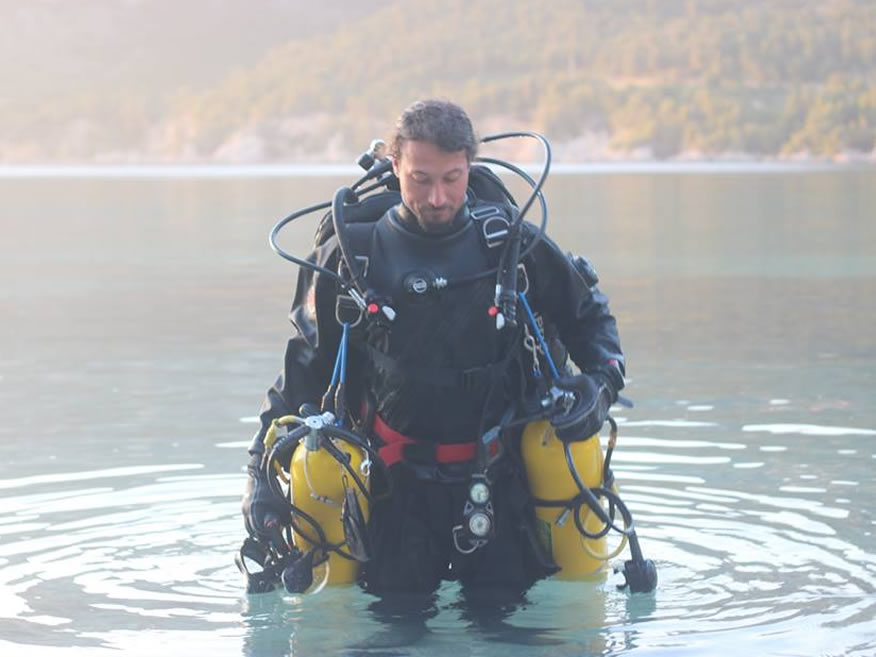
Technical and SCUBA diving

Post-capture examinations
Exploring trauma from fisheries on post-capture survival.
FISHERY SURVEYS

Landing monitoring
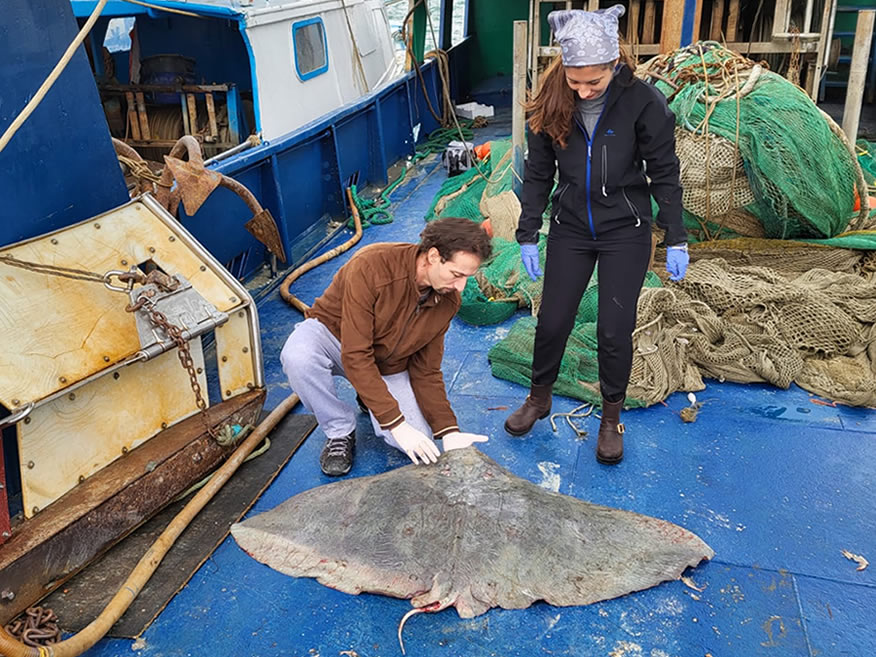
Trawl monitoring
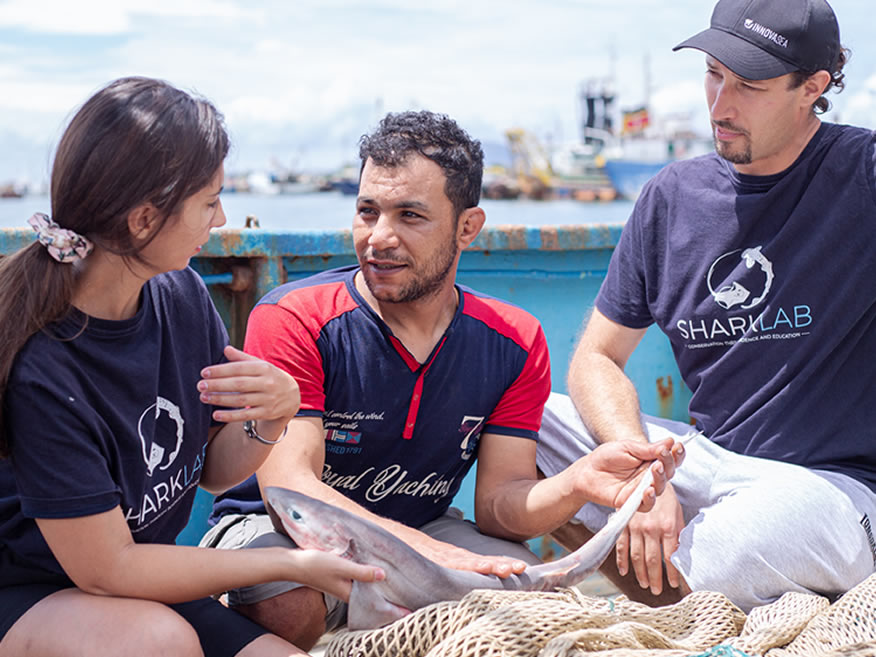
Engaging Fishermen
Projects
Explore our current research funded by world's most recognized and most competitive funders.
Meet some of our funders here










PEEK INTO OUR WET LAB AND EXAMINATIONS CONDUCTED THROUGHOUT 2023
BE OUR VIRTUAL GUEST
While our utmost efforts are dedicated to reviving and releasing live individuals, those that have succumbed are utilized for laboratory research. Throughout 2023, we examined over 6,500 specimens representing 28 species, encompassing nearly half of the elasmobranchs documented in the Adriatic Sea. The study unveiled vital data for numerous species that were previously unknown in the region before our research. Importantly, our commitment remains unwavering—we neither kill nor harm any individuals in the pursuit of knowledge.

- agajic@sharklab-adria.org
- 00387 (0)61 078 104 (BA)
- 00355 (0)69 533 6652 (AL)
- Vlorë (Albania), Il-Hamrun (Malta), Sarajevo (Bosnia-Herzegovina)
ACTIVITIES
- News Digest
- Research
- Conservation
- Projects
- Publications
GET INVOLVED
- Collaborations
- Student internship
- M.Sc./Ph.D. thesis
- Adopt a shark
- Make a donation
SUBSCRIBE
Sharklab ADRIA 2007 – 2024 © All Rights Reserved
Designed and developed: A. Gajić








